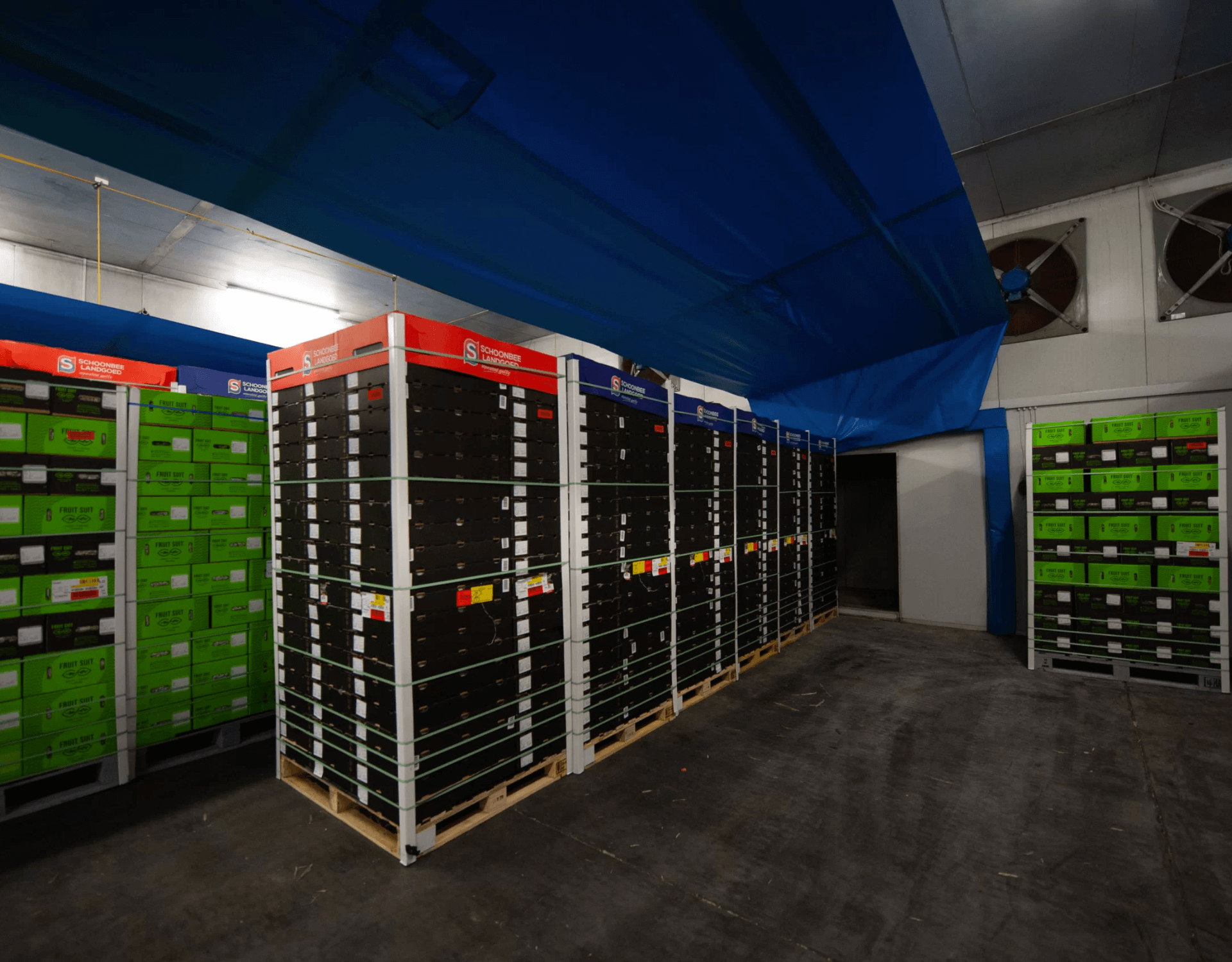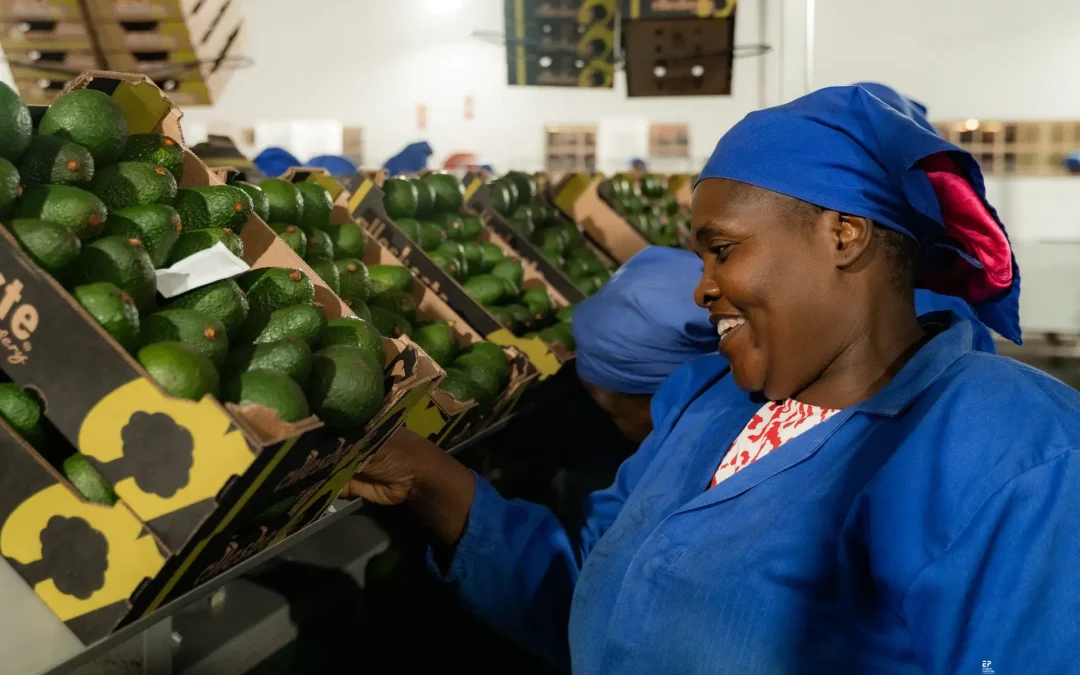Maintaining the cold chain is one of the most important and challenging tasks for businesses in the perishable and fresh food production industry. On average, around 50% of the food produced in African countries becomes unfit for human consumption, due to poor handling and storage conditions experienced along the value chain. Ensuring that products remain intact and correctly refrigerated throughout the value chain should be a business priority for two reasons: firstly, it reduces unnecessary product losses, thereby improving business performance, and secondly, it ensures that the product reaches the end-consumer in the best possible condition, promoting repeat purchases. The key to optimising the cold-chain lies in ensuring the utilisation of world-class technology and equipment and consistently monitoring the temperature data throughout the cold-chain.
This is according to Dawie Kriel, Head of Business Development at EP Refrigeration – a division of Energy Partners and part of the PSG group of companies, who says that the battle against degradation starts at the moment that any food item is harvested. “Whether it’s meat or fruit, the goal is to control food temperature as tightly as possible from the time that it is harvested, to the time that it reaches the consumer. In order to do this, it is very important to understand exactly where the weakest points in the chain are. To achieve this, the correct monitoring systems are crucial.”
He adds that there is no going back on degradation once it has started. “Fruit is probably the best example of why it is important to start the process off right. When fresh fruit is harvested, it continues to respirate and convert sugar into energy. The longer this goes on, the more the product loses its limited source of moisture and ability to delay decay and becomes wilted and unsuitable for consumption. Add to this, the fact that the respiration of most fruit doubles with every 5℃ that the temperature is raised above its ideal storage temperature (just above 0℃ for most fruit and veg). So, the first challenge is to be able to cool the produce as close as possible from where it is harvested (at 25℃ for example) to a temperature that will maintain the quality for the longest time.”
He says that the length of time that it takes to load and pack the produce usually means that the product stays at less-than-optimal temperatures for too long. “One way in which some farmers have begun to remedy this, is to pre-cool their harvested produce in order to prolong the time that it stays fresh. Another tactic commonly used in the wine industry, is to harvest at night-time when respiration rates are lower. These are some of the ways businesses are trying to reduce their own product losses, in addition to ensuring that other companies along the cold chain have a higher chance at success.”
Kriel goes on to say “keep in mind that some of the weakest links in the chain are where the product is passed on to the next operator. Small changes make a huge difference, such as ensuring that the transportation vehicles are cooled down to the correct temperature before loading the product, as opposed to only starting up the cooling equipment when the payload is on board. At the storage and retailer levels, there are obviously even more things that one can do to preserve the cold chain, and having good data is at the core of this.”
He explains that in order to find and fix weak links in the cold chain, we need to find ways of measuring temperatures and ensuring that potential refrigeration failures are detected before they affect the product throughout the chain. Real-time monitoring and maintenance of the cooling infrastructure and product involved is essential. “Energy Partners’ Intelligence and Refrigeration divisions have world-class solutions that make a real difference in efficiency and reliability. Not only can a capable service provider ensure that the businesses in the chain are always working with state-of-the-art cooling infrastructure, but they also produce data that can be directly applied to improving the companies’ own processes and therefore product quality.”
“The rise of servitisation – outsourcing of the ownership, operation and maintenance of cooling infrastructure – is a growing global trend and has become one of the most viable ways for businesses to save on capital and operational costs. This is what is referred to as Cooling as a Service (CaaS). In a CaaS scenario, a business does not own any of the refrigeration infrastructure on its premises. Instead, a service provider installs a state-of-the-art system and sells them the cooling service at a competitive guaranteed cost. Maintenance, monitoring and efficiency risk responsibilities are all outsourced so life cycle costs decrease drastically.”
Kriel adds that the ideal scenario would be if all the businesses along the cold chain adopt CaaS as a part of their operations. “Having professional refrigeration providers take over every inch of the cold chain is a sure-fire way of making sure that every business in the sequence sees the best success,” he concludes.





